CPV. The machine gun that changed the world
Of course, not about anything weapon can say so. There is a weapon that was created with such a large reserve for the future that every new generation of warriors found something of their own in it. Weapons, the potential of which has been revealed for many decades. In this case, significant changes in the design did not occur. Just the experience of combat use revealed new and new possibilities. We are entitled to call such weapons legendary.
It is about such weapons will be discussed in this article. On the legendary heavy machine gun S. V. Vladimirov - CPV. The machine gun, which for most readers is known in one of the most common options - KPVT. But we still call him correctly - CPV.
The idea of automatic small-caliber small arms was not new when the first work in this direction began.
The initiators and legislators of large-caliber modes were European aviation gunsmiths. After World War I, itching to screw something larger in caliber and slaughter than a regular rifle machine gun into the plane.
And in the second half of the 30-s of the last century, full-scale work began on the creation of weapons on the one hand, large caliber, on the other - rapid-fire.
In the Soviet Union, no exception. And the work was carried out on the platform of the cartridge 12,7 x 108-mm. Thus, very long-running projects of DShK, UB machine guns were born.
In 1938, the first 14,5 x 114-mm cartridge pattern was developed for the Rukavishnikov anti-tank gun. The gun went bulky and unsuccessful and did not go into a series. What not to say about the cartridge. Here designers also began to look narrowly at it.
However, in preparation for a big war, the country could not afford to create such weapons. PTR, and even more machine guns of this caliber were not needed by the USSR.
But any theory is verified by practice. The beginning of World War II was the point that can be considered a rebirth, not only the PTR. According to Stalin’s personal instructions, work was urgently resumed. Worked on the PTR and the new cartridge.
16 July 1941, the 14,5 mm cartridge with an armor-piercing incendiary bullet and a steel core B-32 was adopted. 15 August adopted another cartridge - BS-41, with an armor-piercing incendiary bullet with a hard metal-ceramic core. And on August 29 the anti-tank guns of V.А. Degtyarev and Simonov.
The effectiveness of this weapon is the topic of other articles. But the fact that such guns can be used to fight aircraft is important. In the 1941-42 years there were several cases of the destruction of aircraft from the PTR. However, getting into a fast-moving target with one cartridge was difficult. But if you hit ...
Moreover, when conducting an offensive battle, our fighters often encountered well-equipped German pillboxes and bunkers. It was not easy to hit such a structure from the first shot. Already in the middle of 1942, the Supreme Command headquarters set the task of creating an 14,5-mm machine gun for infantry. However, solutions to this problem could not be found.
The fact is that the energy of a machine gun shot is greater than that of an automatic cannon. But, according to the performance characteristics such machine guns should be comparable to guns of small calibers. Therefore, the task was precisely in the choice of the concept of such weapons.
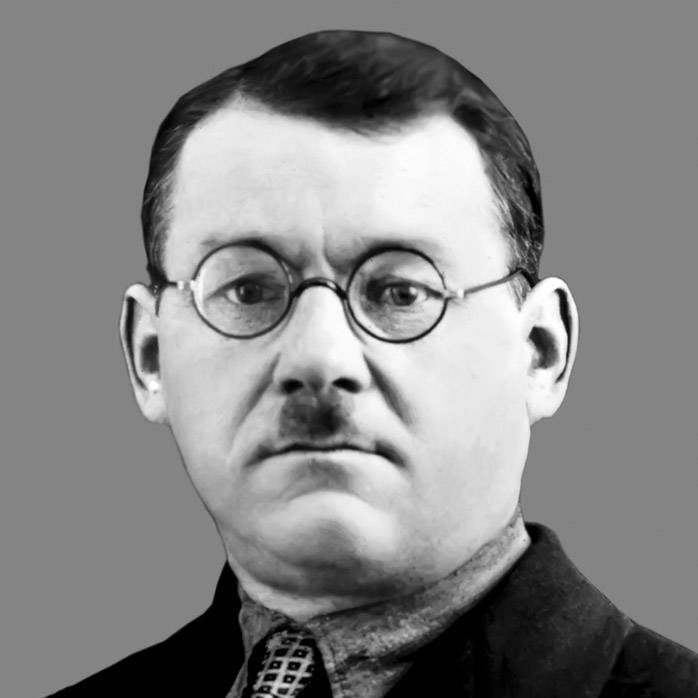
Semyon Vladimirovich Vladimirov, designer of ShVAK and B-20 aircraft cannons, adhered to just such a line. And in November 1943 presented the machine gun for factory testing. Moreover, it was tested anti-aircraft machine gun. Requirements for such weapons were higher.
The tests of the machine gun were successful and, after agreement with the Commissariat of Defense, the plant received an order for the production of machine guns (KPV-44) and an anti-aircraft gun. For military tests required 50 machine guns and one charger. The trials began after the end of the war, in May 1945.
In 1946, the machine gun was adopted in two versions. PKP (infantry machine gun) and anti-aircraft KPV. For 6 years, the troops arrived only in the version of anti-aircraft installations to 8 thousands of such machine guns.
Unfortunately, in stories the creation of this weapon masterpiece is an element of mysticism. Remember, quite often used cliche that the creation often takes the soul, and even the life of the creator? It happened with Semen Vladimirovich Vladimirov. He was killed 12 July 1956, namely when disassembling the spring-loaded parts of the machine gun of its own design. He was buried in the city of Kovrov, Vladimir region.
That machine gun, which we know, KPVT, began to be developed during the life of the designer. From 1952 year. The power of the weapon and its high survival rate in various conditions dictated the need to arm them with armored vehicles.
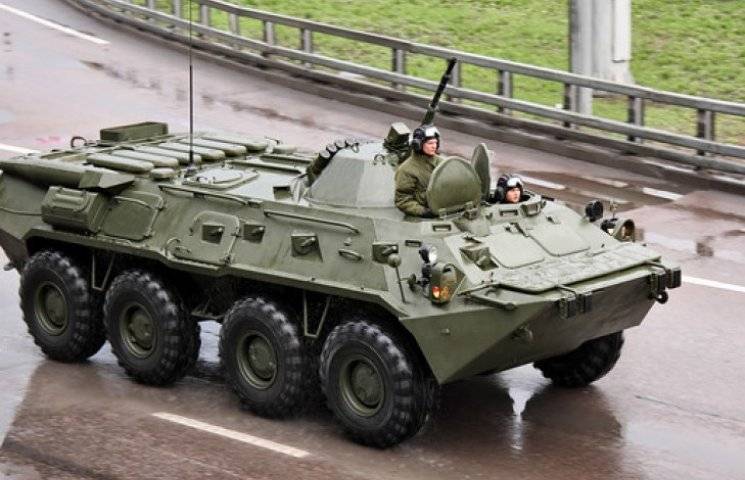
It suffices to give only one characteristic - the "working" lethal range of a bullet. 7-8 kilometers. Of course, aimed shooting at such distances cannot be conducted. But, you see, power is amazing. Frontal armor of all armored personnel carriers and infantry fighting vehicles of the likely enemy KPVT punched with the ease of a sewing machine. By the way, still in the technical assignments for the design of armored vehicles of the West they are guided by CPT.
Add to this the ability to quickly replace the barrel, which is removed along with the casing.
Add smooth automation by moving the barrel.
Add automatic fuses that do not allow a shot to be made when the barrel is not properly attached.
Add the ability to switch the feed direction of the tape.
Add an automatic tape feed lock if the cartridge from the link has not been removed.
There are many advantages that even today look impressive. And all this is done "in a Soviet way." No need for precise clearance adjustment. The machine gun will work in different conditions equally.
Of course, there were also disadvantages.
The complex process of assembly and disassembly (and dangerous, as shown by the fate of the designer).
The recharge is quite long - 10-12 seconds.
Small tape capacity.
When overheating begins to stick the cartridges, everything gets a stake, and the tape can not be pulled out without help from above.
You can say fastidious machine gun, but you can’t do it any other way. Too powerful cartridge.
But, probably, the biggest advantage of the CPV is that initially it was nevertheless an anti-aircraft machine gun. So, the designer initially laid the possibility of using the cartridge with more power than were available at that time products. Under this machine gun you can now develop ammunition.
It remains to list what the soldiers remember for more than 70-year history of the legend.
Single (ZPU-1) and twin (ZPU-2 and ZU-2) installations for anti-aircraft gunners. Particularly known is ZU-2. Adopted in 1955 year. Towed with an automatic sight and the ability to work immediately two gunners.
PGI-1. Mountain modification of the machine gun. Although it was developed in 1954, it was adopted for service only in 1968. tested in battle though not at all in the mountains. It was delivered to Vietnam and successfully worked there against helicopters and American aircraft. It was also used in Afghanistan and Chechnya.
Zpu-xnumx. Also known as GAU 4-Y-56. Adopted in 562 year. It was used in regiments and divisions as its own means of defense. But, alas, the increase in speeds and tactics of ground attack by aircraft, sharply lowered the survivability of calculations.
14,5-mm MTPU. Marine thumb machine-gun installation. Designed to combat surface, coastal and air lightly armored targets. It is installed on combat boats and other sea and river vessels. In 1999, MTPU was “hidden” in a tower.
Twin machine gun installations (from 2М-5 to 2М-7). 2-5 (1952 year) were armed with torpedo boats of the project 123bis and 184. Deck turret installation with a horizontal arrangement of trunks. 2М-6 or 2М-6Т (1952 year) - a variant of the tower installation for artillery boats of the project 1204. The 2М-7 was intended for patrol boats of 1400 and 368П projects and minesweepers.
Life machine Seeds Vladimirov continues. In 1989, a new armor-piercing incendiary cartridge with an aluminum shirt and a hard-alloy core appeared. Already at the beginning of our century, cartridges with an upgraded MDZM bullet and a modernized BZT-M bullet (with remote tracer ignition for night firing) appeared.
However, the scope of application is becoming smaller. Today it is already outdated BTR-70 and BTR-80, small patrol boats. And in the armies of the neighbors, large-caliber machine guns gradually give way to armor with high-speed aircraft guns.
And in the coming years, most likely, we will witness the end of the era of large-caliber machine guns on armored vehicles. And, perhaps, on boats.
Today, a large-caliber machine gun (for example, “The Rock”) is a common thing in infantry. It can already be transferred without disassembling, he "lost weight".
What will be the fate of the CPV, which sooner or later displace the 30-mm automatic gun? Question…
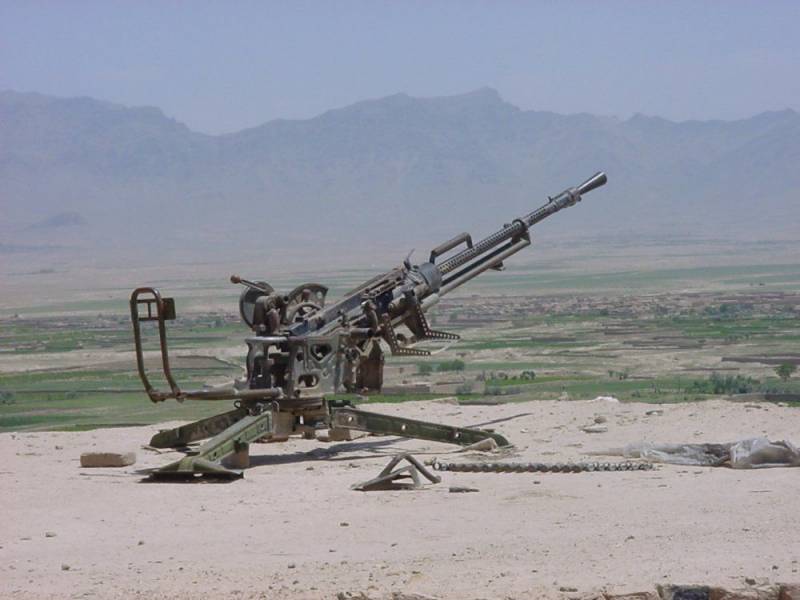
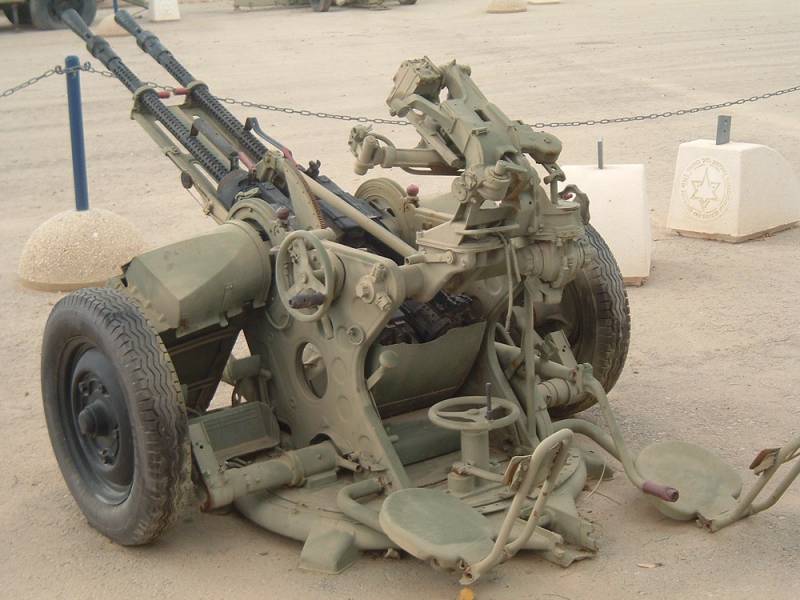
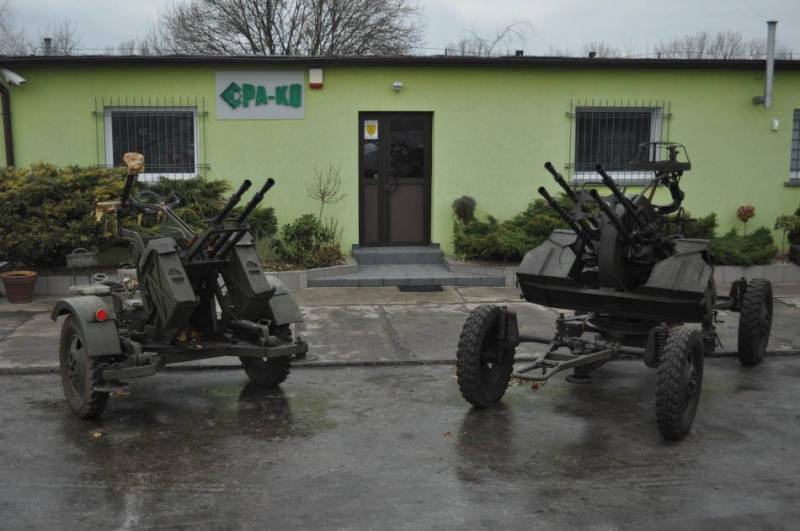
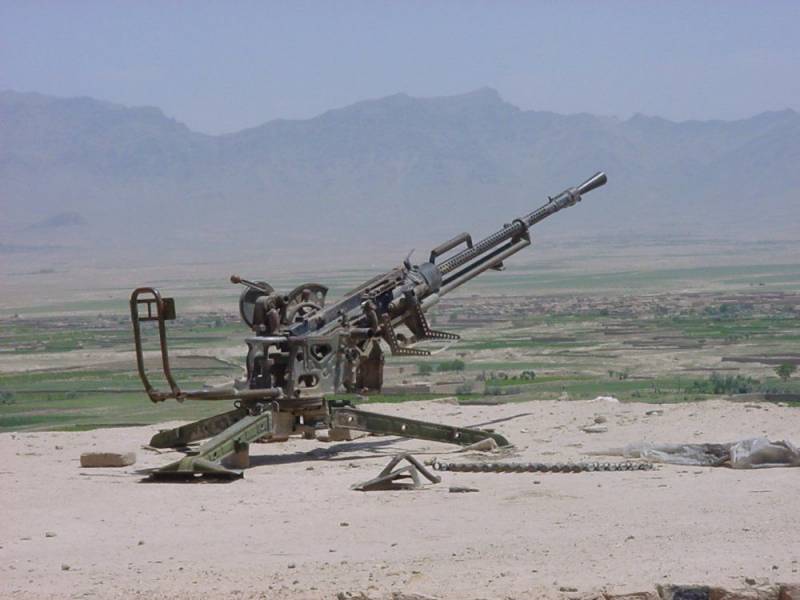
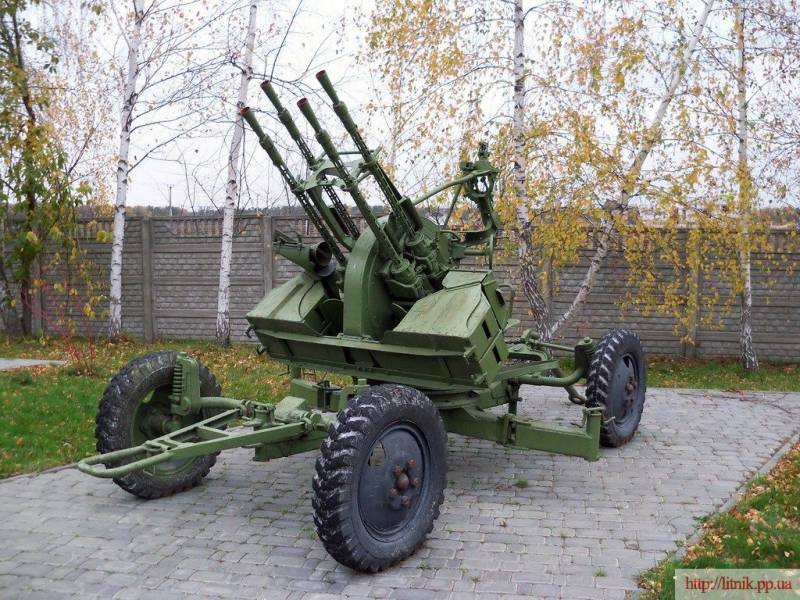
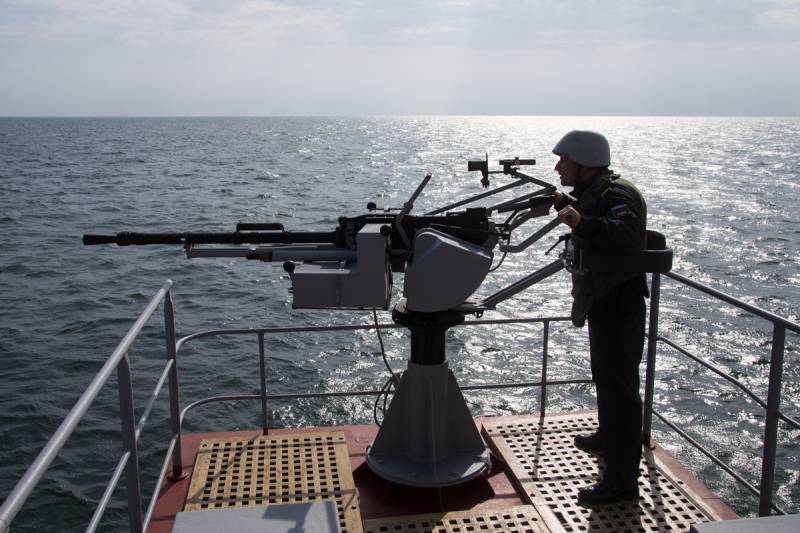
Information